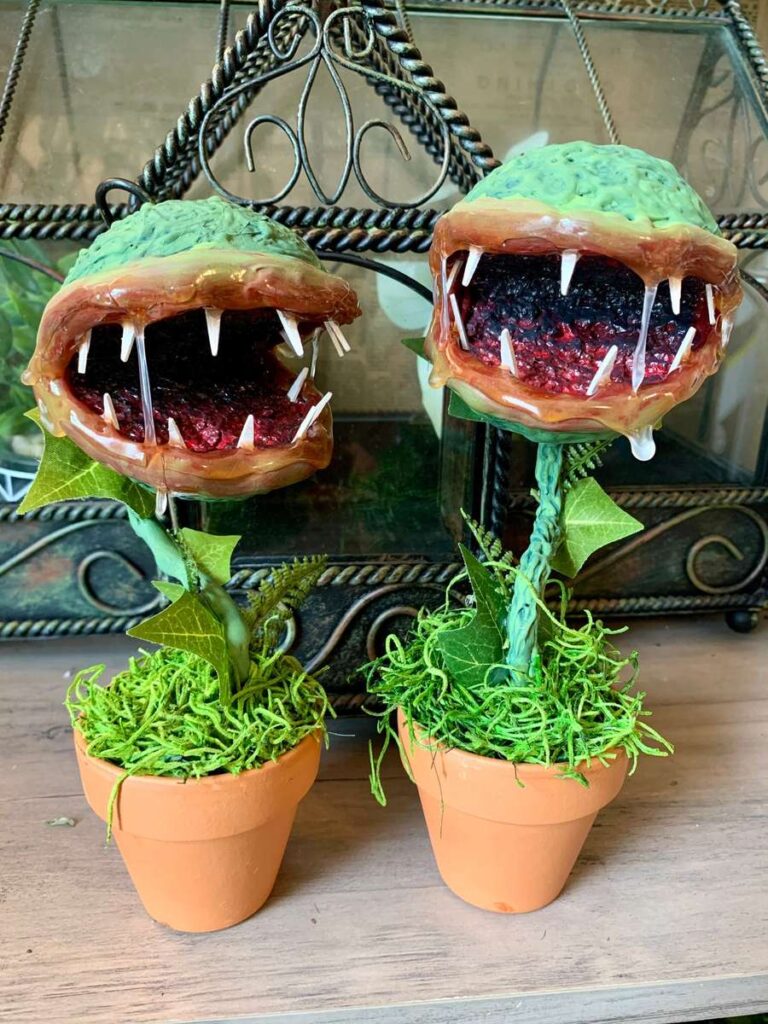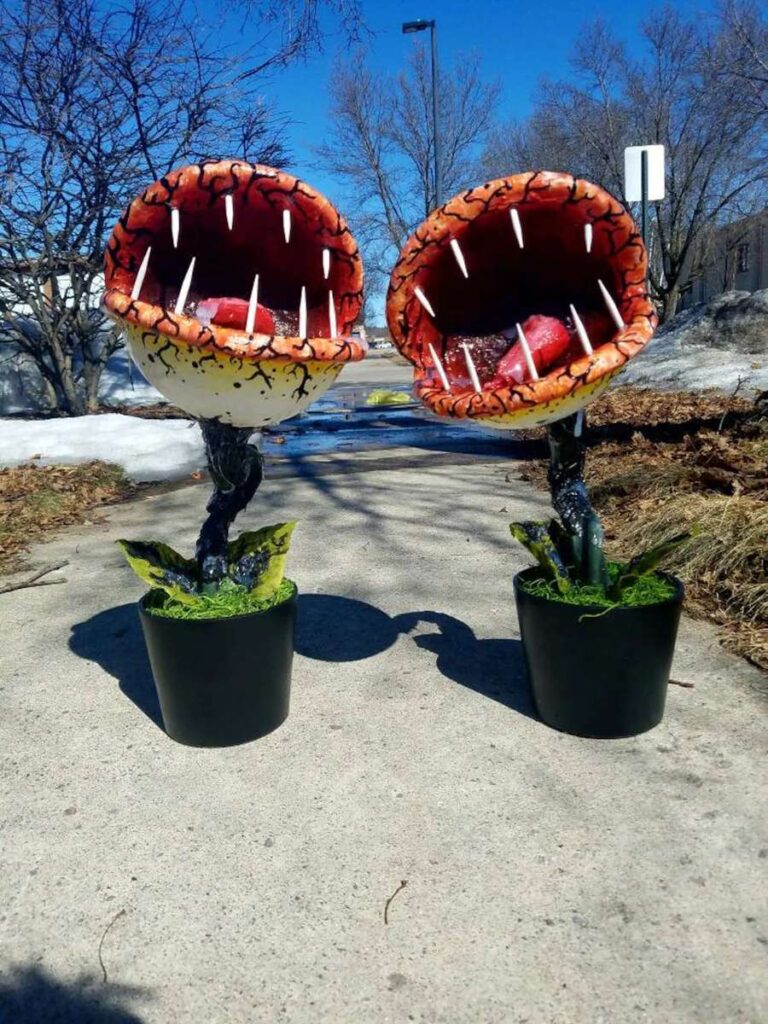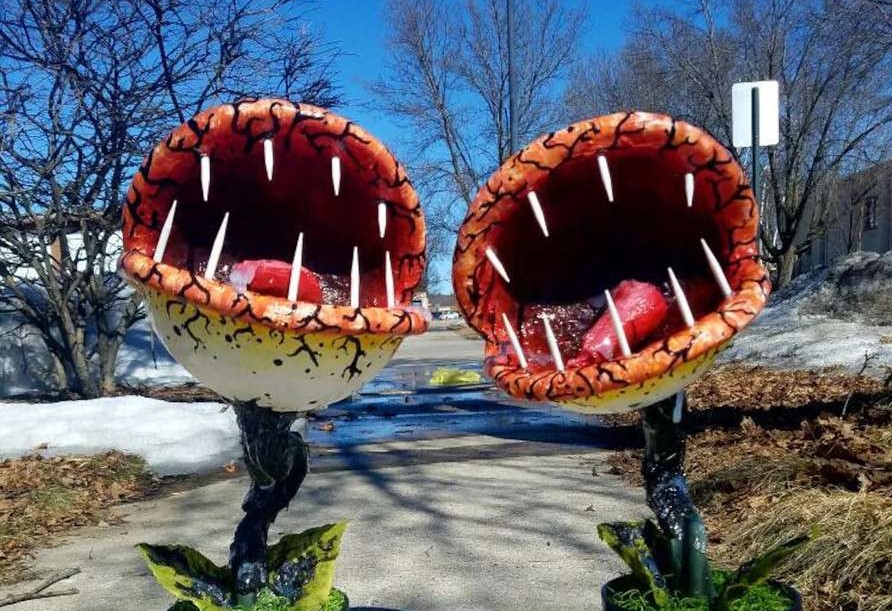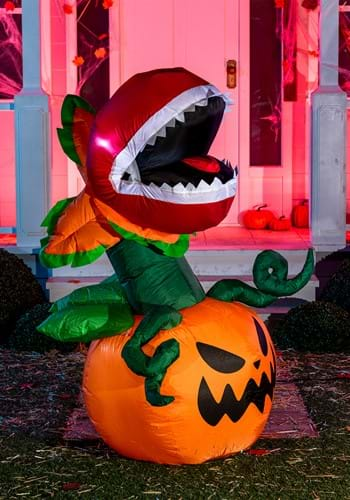Introduction to Venus Fly Trap Decor
If you’re looking to inject a touch of the extraordinary into your home decor, Venus Fly Traps offer a fascinating solution. These unique carnivorous plants are not just a conversation starter; they embody nature’s beauty and intrigue. Drawing inspiration from my own experience as a plant enthusiast, I’ve found that incorporating these striking plants into my decor has not only elevated my space but also sparked many delightful conversations. In this comprehensive guide, we will explore everything you need to know about Venus Fly Trap decor—its care, design ideas, and much more!
What is a Venus Fly Trap?
The Venus Fly Trap (Dionaea muscipula) is a carnivorous plant native to subtropical wetlands of the East Coast of the United States. It captures and digests insects to supplement its nutrient intake, making it a fascinating specimen for plant lovers. The plant’s jaw-like lobes snap shut when prey touches its tiny hairs, showcasing nature’s mechanical marvel.
Why Choose Venus Fly Trap for Home Decor?
Integrating Venus Fly Traps into your decor can provide numerous benefits. Here are a few reasons why:
- Unique Aesthetic: Their striking appearance can serve as a bold focal point in any room.
- Conversation Starter: Guests are often intrigued by these unusual plants, making them excellent icebreakers.
- Air Purification: Like many plants, they contribute to a healthier indoor air quality.
How to Care for Your Venus Fly Trap
Light Requirements
Venus Fly Traps thrive in bright sunlight. Ideally, they need at least 12 hours of light per day. A south-facing window is perfect for these plants, but you can also use grow lights if natural light isn’t sufficient.

Watering Needs
These plants prefer distilled water or rainwater. Tap water can harm them due to the minerals and chemicals present. Keep the soil moist but not waterlogged; they appreciate a good drink, but sitting in water can lead to root rot.
Soil Type
A mix of sphagnum moss and perlite or a specialized carnivorous plant soil mix works best for Venus Fly Traps. This mixture ensures good drainage and provides the right nutrients.

Feeding Your Plant
If your plant is indoors and doesn’t catch insects naturally, you can feed it live insects, dried bugs, or nutrient solutions made for carnivorous plants. Feeding should be done once every few weeks.
Seasonal Care
Venus Fly Traps go through a dormancy period in winter. During this time, reduce water and keep them in a cooler place. This rest period is vital for their health and growth in the spring.

Creative Decor Ideas Using Venus Fly Traps
Now that we’ve covered how to care for your Venus Fly Trap, let’s delve into some creative decor ideas! Here are some inspiring ways to incorporate these plants into your home design:
1. Terrariums
Create a mini ecosystem by placing your Venus Fly Trap in a terrarium. Use a glass container filled with a mix of carnivorous plant soil and decorative stones. Add other small plants or moss for extra texture. This creates a stunning centerpiece for your coffee table or shelf.

2. Wall-Mounted Planters
Maximize space with wall-mounted planters. Choose a stylish planter that matches your decor and display multiple plants at varying heights to create visual interest. This is particularly effective in smaller living spaces.
3. Table Centerpiece
Using a larger pot, place your Venus Fly Trap in the center of your dining or coffee table. Surround it with decorative stones, candles, or other plants to enhance its appeal.

4. Outdoor Garden Displays
If you have an outdoor space, consider creating a dedicated area for your Venus Fly Traps. Pair them with other carnivorous plants, and use decorative pots to emphasize their unique features. Utilizing fairy lights can add an enchanting touch at night.
Comparing Different Venus Fly Trap Varieties
Venus Fly Traps come in several varieties, each with unique characteristics. Below is a comparison table to help you choose the one that suits your decor style best.

| Variety | Appearance | Size | Care Level |
|---|---|---|---|
| Typical | Green lobes with red interiors | Up to 6 inches | Easy |
| Red Dragon | Bright red lobes | Up to 5 inches | Moderate |
| All Green | Green lobes without color pigmentation | Up to 6 inches | Easy |
| Low Giant | Large traps with a low growth habit | 7-10 inches | Moderate |
Pros and Cons of Venus Fly Trap Decor
Pros
- Unique aesthetic appeal that stands out.
- Educational value for children and adults alike.
- Can help control small insect pests indoors.
- Relatively low maintenance once established.

Cons
- Requires specific care conditions (light, water, soil).
- May not thrive in all indoor environments.
- Periodic dormancy which can be confusing for new owners.
- Limited availability of certain varieties.
Frequently Asked Questions
What is the best way to display Venus Fly Traps indoors?
The best way to display Venus Fly Traps indoors is by placing them in a bright location, such as a south-facing window. Decorative pots can enhance their aesthetic appeal while ensuring they receive enough light.
Can Venus Fly Traps survive indoors all year round?
Yes, Venus Fly Traps can survive indoors year-round, but they require specific care. They need bright light and a dormancy period in winter to thrive.
How often should I water my Venus Fly Trap?
Water your Venus Fly Trap when the soil begins to dry out, ensuring it remains moist but not waterlogged. Using distilled water is recommended.
Are Venus Fly Traps safe for pets?
Yes, Venus Fly Traps are non-toxic to pets. However, it’s best to keep an eye on curious pets that might want to nibble on the plant.